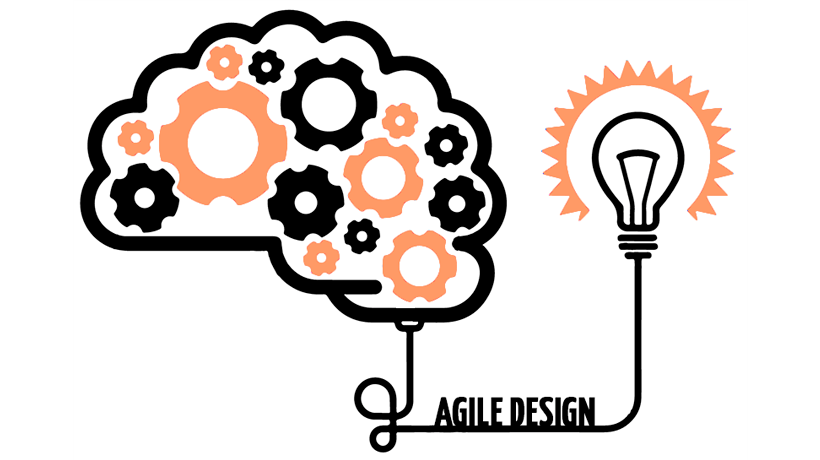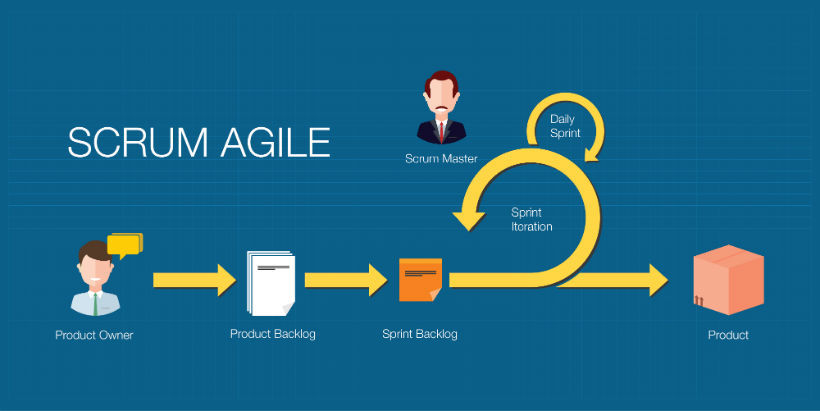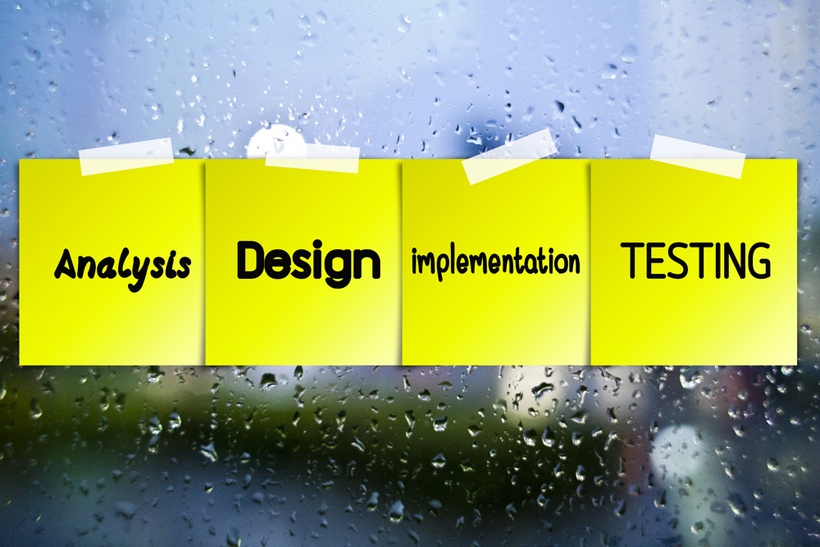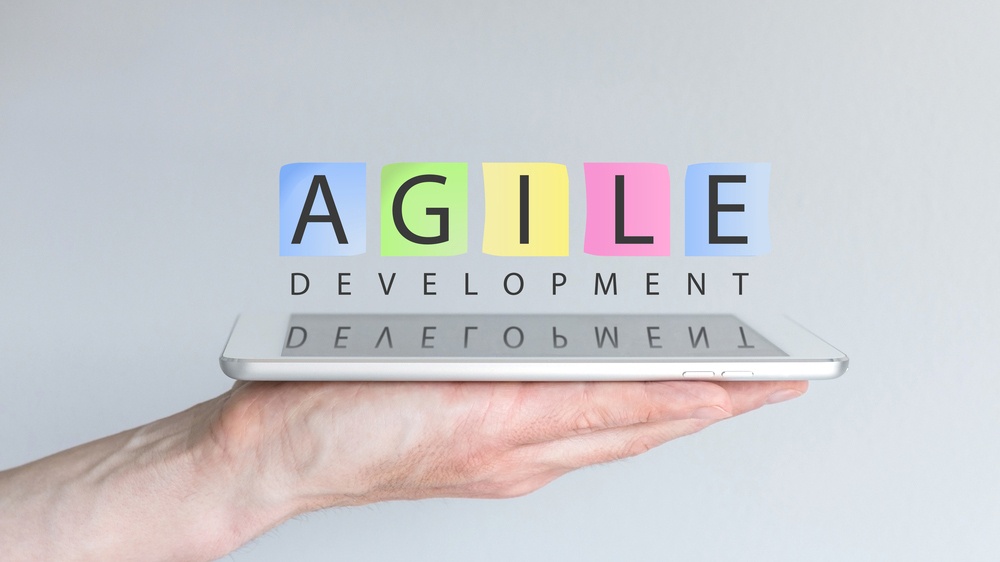May 13, 2016
MSU Denver Agile Instructional Design Network (AIDNet) Part II
This follow-up article provides added context to AIDNet, an emerging agile Instructional Design initiative being explored at MSU Denver. It also introduces a complementary framework for equitable Instructional Design, the AIDNet Course Design eXchange (CoDeX).
by William T. Kendal











